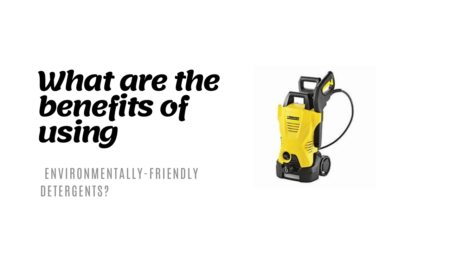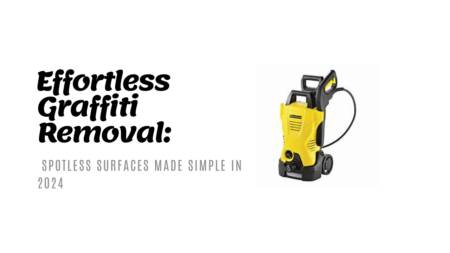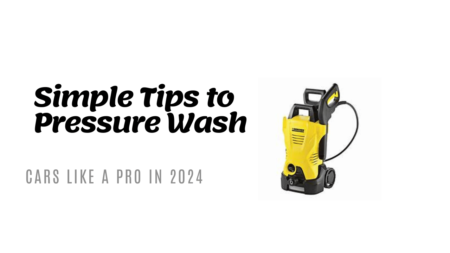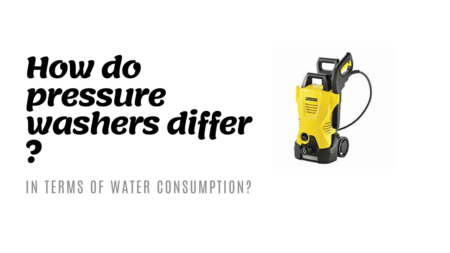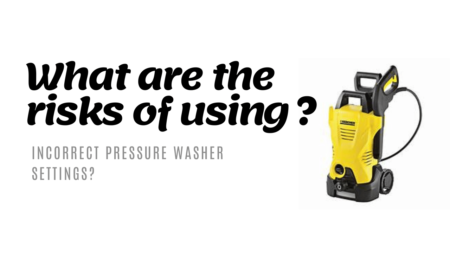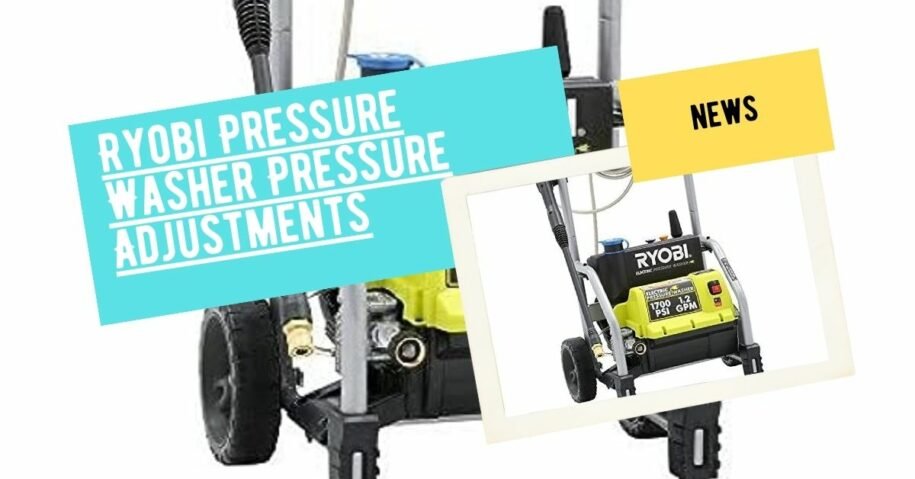
A pressure washer is a handy tool that can help you clean various outdoor surfaces with ease. It uses a motor-driven pump to increase the water pressure and apply it to the surfaces you want to clean. However, not all surfaces require the same amount of pressure, and using too much or too little pressure can damage your surfaces or leave them dirty. That’s why it’s important to adjust the pressure settings of your pressure washer according to the type of surface and the level of dirtiness.
Key Takeaways
- Adjust pressure settings according to surface type and condition.
- Ryobi offers reliable gas and electric pressure washers with different features and performance levels.
- Change nozzles to alter spray intensity and pattern. Lower pressure for delicate surfaces, higher pressure for tough surfaces.
- Use a soap nozzle to apply detergent for better cleaning results.
- Popular Ryobi models are the Ryobi Electric Pressure Washer and Ryobi RPW150XRB, with pros and cons.
Ryobi is a trusted brand that offers a selection of reliable gas and electric pressure washers at competitive prices. In this article, we will show you how to adjust the pressure settings of a Ryobi pressure washer for different cleaning tasks. We will also review some of the popular models of Ryobi pressure washers and their features.
How to Adjust the Pressure Settings of a Ryobi Pressure Washer
Most pressure washers have nozzles or wands that can be adjusted to change the spray’s intensity. Ryobi offers various nozzle types with different pressure adjustment levels, such as 0°, 15°, 25°, and 40° angle nozzles. Lower pressure settings are recommended for delicate surfaces, such as cars or wooden decks, while higher pressure settings are suitable for tougher surfaces, such as concrete driveways or stone patios.
To adjust the nozzle, follow these steps:
- Turn off the pressure washer and disconnect it from the power source.
- Loosen the nozzle by rotating it anticlockwise and remove it from the wand.
- Thread the desired nozzle into position by turning it clockwise until it is snug.
- Reconnect the pressure washer to the power source and turn it on.
- Attach a hose to your water supply and turn on the faucet.
- Start spraying at a safe distance from the surface you want to clean. Adjustments can be made by rotating either clockwise for higher pressure or anticlockwise for lower pressure until the desired outcome is reached.
Some Ryobi models also have a soap nozzle that allows you to apply detergent to your surfaces for better cleaning results. To use the soap nozzle, follow these steps:
- Fill the detergent tank with a suitable cleaning solution.
- Turn off the pressure washer and disconnect it from the power source.
- Loosen the nozzle by rotating it anticlockwise and remove it from the wand.
- Thread the soap nozzle into position by turning it clockwise until it is snug.
- Reconnect the pressure washer to the power source and turn it on.
- Attach a hose to your water supply and turn on the faucet.
- Start spraying at a safe distance from the surface you want to apply soap. The soap nozzle will automatically mix water and detergent and spray it onto your surface.
Ryobi Pressure Washer Reviews
Here are some of the popular models of Ryobi pressure washers and their features:
- Ryobi Electric Pressure Washer: This model delivers up to 2700 psi and 1.1 gpm of water to spray away dirt and grime from various outdoor surfaces. The machine comes with two nozzles, one for high pressure, and the other with different spray patterns and soap settings. The hose, nozzles, and sprayer are conveniently stored onboard the hand truck for easy transport. The Ryobi Electric Pressure Washer worked well for cleaning concrete, wood, and aluminum projects, but had some issues with a clogged nozzle and waning power with the extension cord¹.
- Ryobi RPW150XRB: This model has a powerful 2200W motor and a maximum pressure of 150 bar⁴. It has a durable metal pump and a long 8m hose with a metal lance and five quick-connect nozzles. It also features a detergent tank, onboard accessory storage, and a telescopic handle for easy maneuverability. The Ryobi RPW150XRB performed well for cleaning cars, patios, fences, and walls, but had some problems with leaking connections and loud noise.
Conclusion
A Ryobi pressure washer is a great tool that can help you clean various outdoor surfaces with ease. However, you need to adjust the pressure settings of your pressure washer according to the type of surface and the level of dirtiness. Ryobi offers various nozzle types with different pressure adjustment levels, such as 0°, 15°, 25°, and 40° angle nozzles. You can also use a soap nozzle to apply detergent to your surfaces for better cleaning results. Some of the popular models of Ryobi pressure washers are the Ryobi Electric Pressure Washer and Ryobi RPW150XRB.
I hope this article was helpful to you. If you have any questions or feedback, please let me know in the comments below.
![Top 5 Pressure Washer Accessories You Didn’t Know You Needed [Updated 2024]](https://pressurwasher.com/wp-content/uploads/2024/06/Minimalist-Tutorial-Event-YouTube-Thumbnail-2024-06-03T215409.851-450x253.png)
